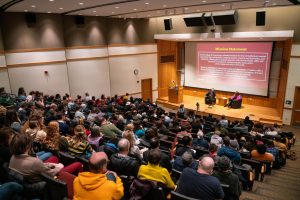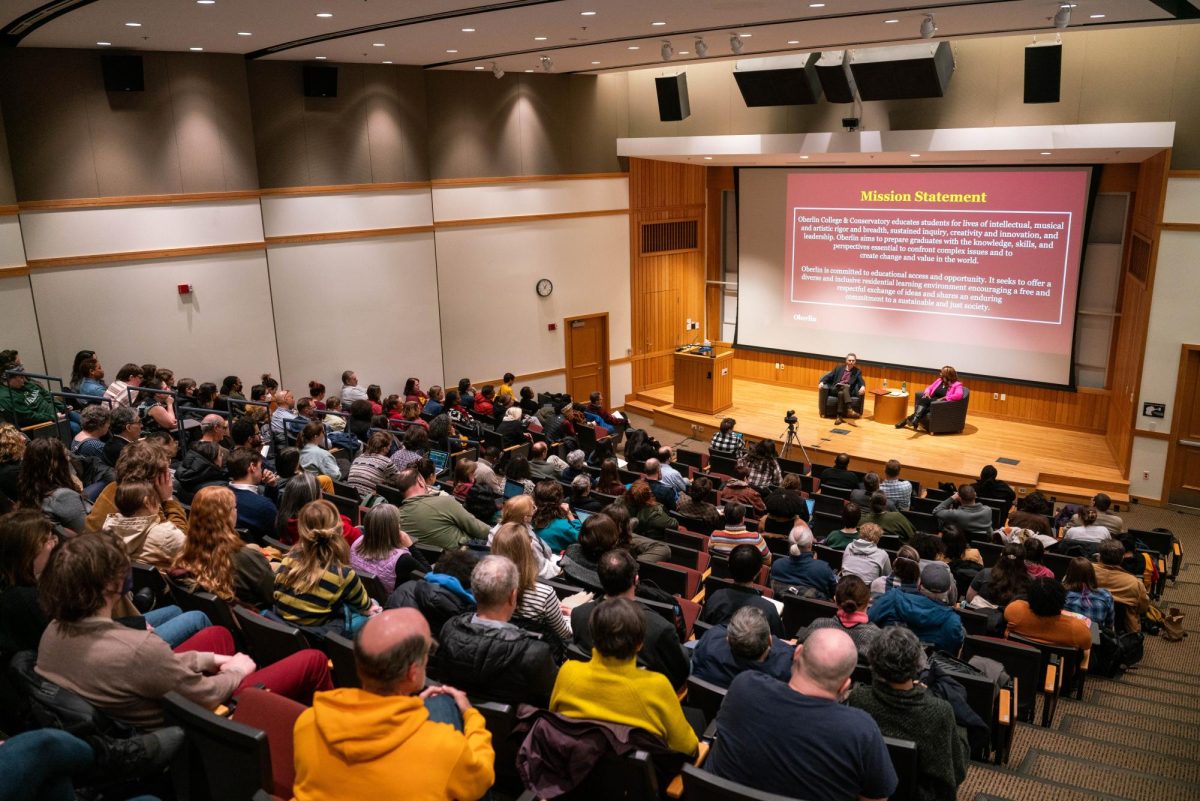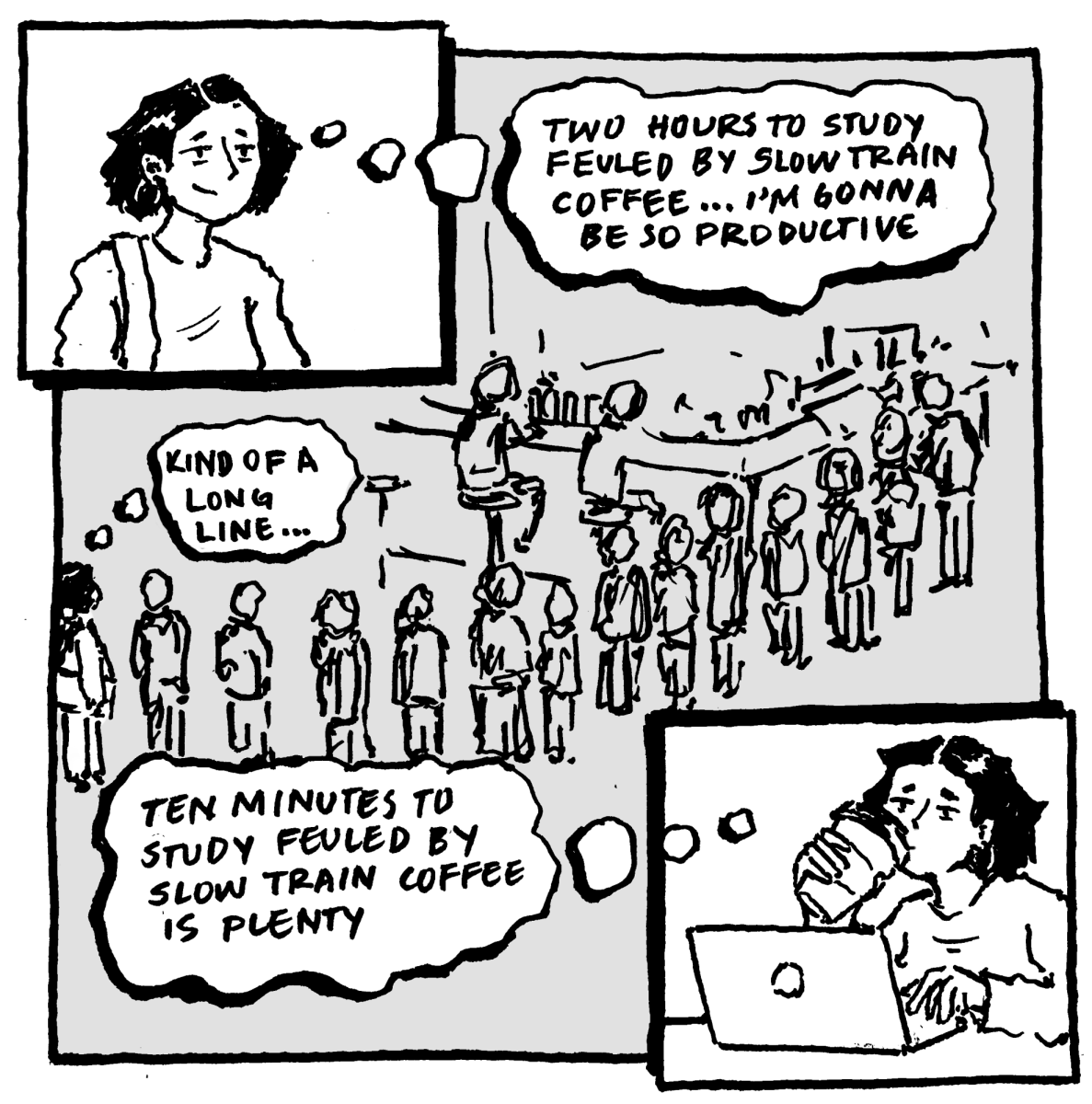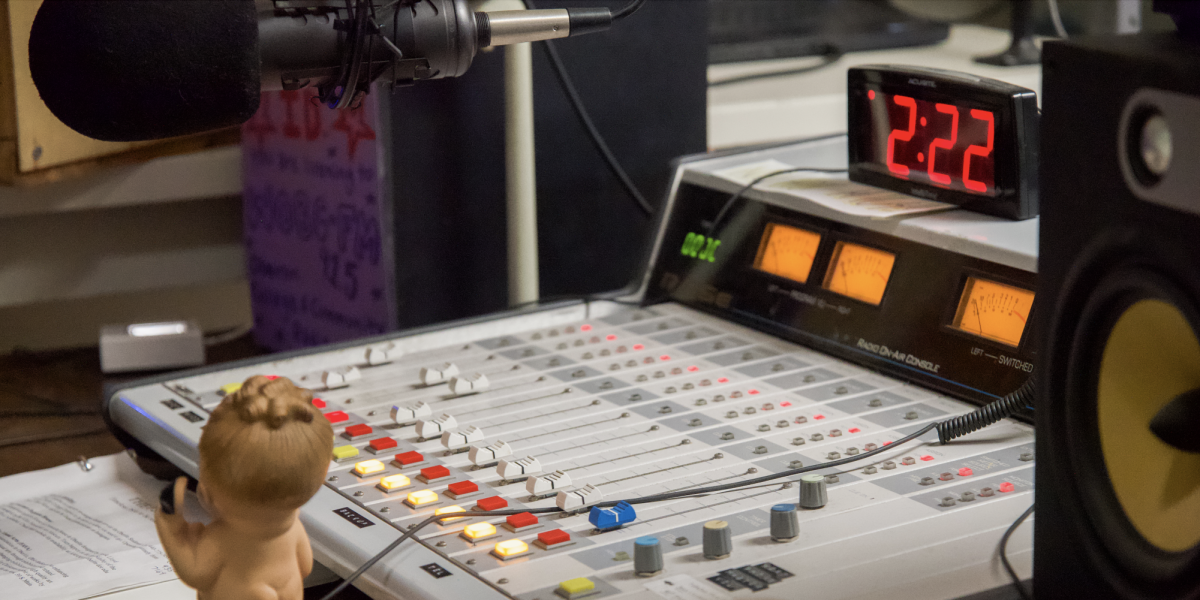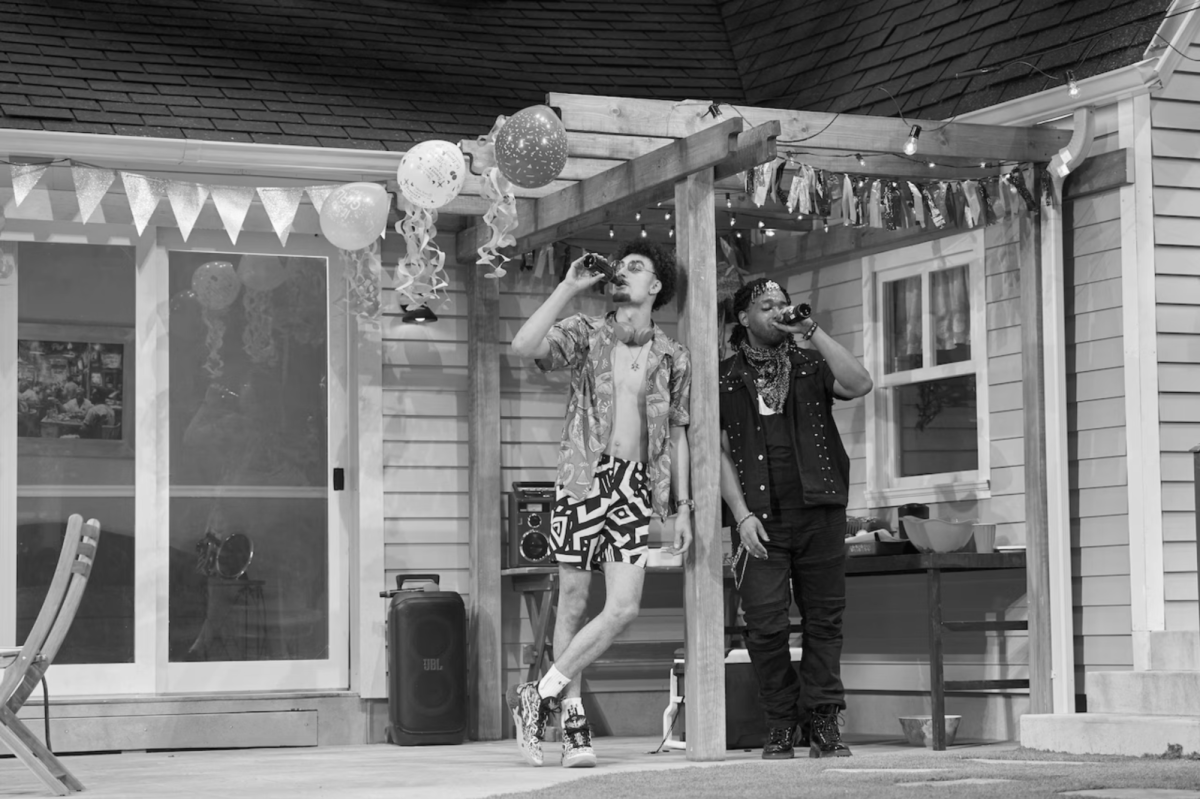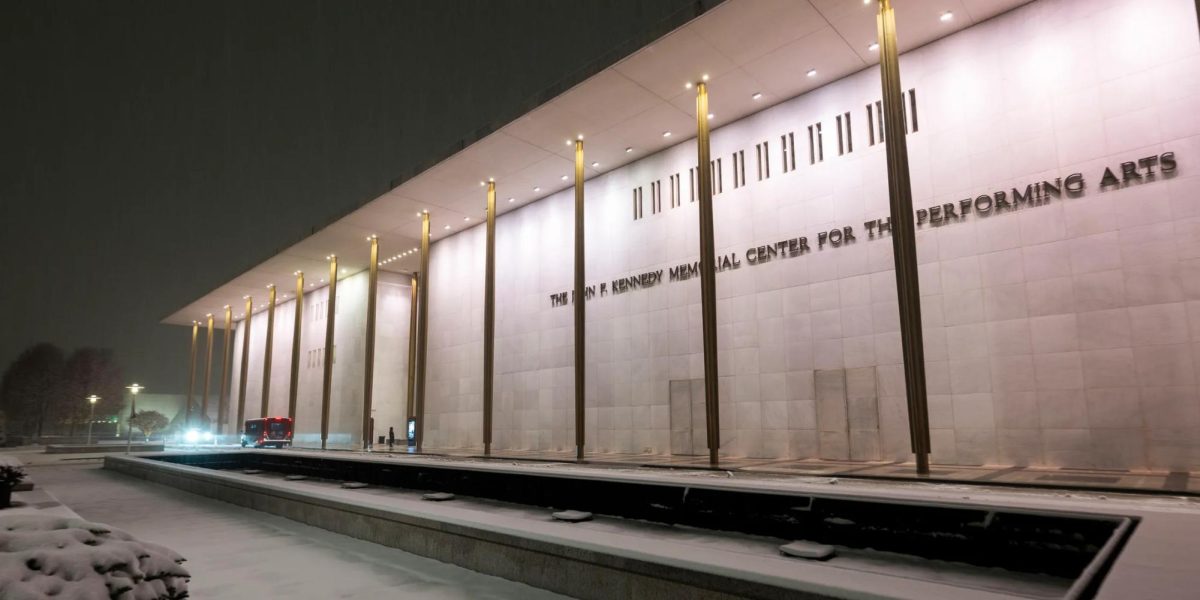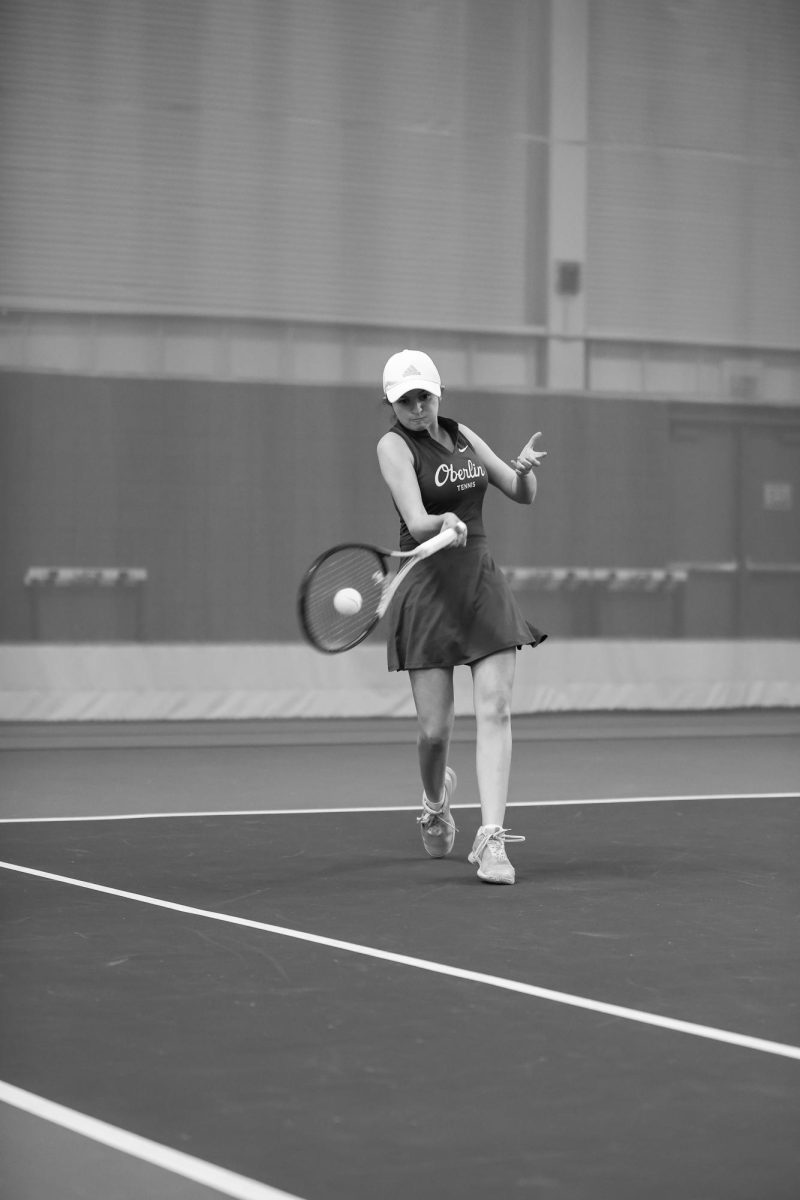Editorial: Lessons from Homecoming Weekend
September 30, 2011
Another Sept. 11 has come and gone, time indifferently trudging on, as it always does, despite how often we could swear it would never move again. The obligatory perspective pieces flooded in to publications large and small, pausing to reflect on just how much the past 10 years have transformed us. And yet, for all of the ink dedicated to this anniversary, my most indelible memory from 9/11 seems to have been somewhat forgotten.
It was Oct. 30, 2001, Game three of the 2001 World Series. The nation was still in utter shock, the remaining wreckage from Ground Zero a cold and concrete reminder that this hadn’t been a dream. In the midst of all of the chaos, the anxiety and the fear of that fall, newly elected President George W. Bush strode to the Yankee Stadium mound.
Bush wasn’t expected to throw out the first pitch that night — security at the stadium feared another possible terrorist attack — but he strapped on a bulletproof vest and went out anyway. He was greeted first by Yankee shortstop Derek Jeter, who simply offered the leader of the free world some advice: “Whatever you do, just don’t bounce it. Make sure it gets there.” He took the ball, and with that down-home, almost oblivious Texas smile — a look that would provoke so much ire in the eight years to come — he calmly delivered a perfect strike, as if somebody somewhere had guided it to home plate.
That scene in the Bronx is to this day the most electric environment I have ever witnessed at a sporting event. It struck to the very heart of why so many Americans live and die with their respective sports teams, why athletics have in so many ways become our cultural currency. Sports are inherently communal activities, giving us the opportunity to devote ourselves to something bigger than any one person. I would venture to say that about 40,000 of the 50,000 plus in attendance that night would come to loathe the President and what he stood for, but for four hours that couldn’t have mattered less. For that night, that man who so confidently strode into the middle of a baseball diamond was our President, and that was enough.
In a much more trivial way, Oberlin’s Homecoming this past weekend reminded me of that first pitch and the emotions it stirred in me. Fans packed the stands at Savage Stadium for the football game against Hiram, toddlers and senior citizens alike dressed in Yeomen garb. Granted, Homecoming and its traditions can feel somewhat canned, and I certainly understand the impulse to sneer at the entire concept. But try to put all of its eminently mockable conventions and antiquated trappings aside for a second, because it clouds the entire point.
Behind the clichéd pageantry and ceremony, Homecoming at its core is something fundamental and collective. We come together to reaffirm that we are one community, divided by age or gender or situation but necessarily joined — the same affirmation that led Bush to be showered with cheers that night at Yankee stadium. But for some reason, this idea seems to be lost on the majority of Oberlin students.
Yes, we don’t have the most successful athletic program, but there has to be something more to our refusal to recognize athletic endeavors. In my year at Wake Forest University, I camped out overnight for football tickets with chemistry majors who couldn’t differentiate between a touchdown and a field goal, evidence that athletic support from the student body might hinge on something more basic, a sort of cultural truth.
So deeply engrained in the Oberlin ethos is the disdain for mainstream institution. To us the very notion of donning a team’s colors reeks of blind and mindless following. We seem to endlessly fight any overt allegiance, and I wonder how far-reaching the effects of that can be. As the 9/11 anniversary comes and goes, I can’t help but think back at how meaningful that late October night was to so many, and how Oberlin’s so-valued skepticism might be failing it just this once



